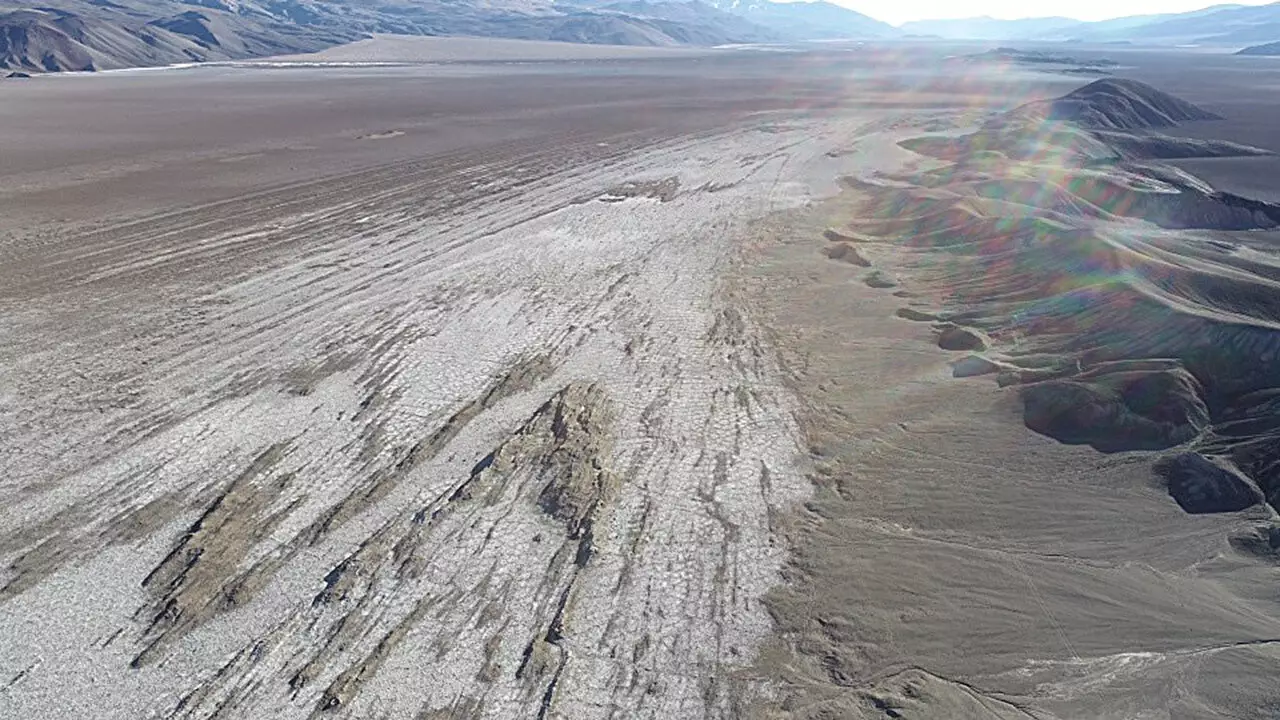Towering above many landscapes, the Andean Plateau stands as a colossal testament to the forces of geological evolution. With an altitude averaging over 4,000 meters, it commands attention not merely for its grandeur, but for its complexity. The genesis of this striking highland, rooted in processes of orogenic uplift that commenced over two decades ago, presents a captivating case study for geologists and Earth science enthusiasts alike. It is a striking reminder of the dynamic forces that shape our planet, a narrative as intricate as the very minerals that constitute it.
The Mechanics of Mountain Formation
At the heart of the creation of mountain ranges like the Andes lies the phenomenon of orogeny—an enthralling process most notably evident at convergent plate margins. It is a dramatic dance whereby the Earth’s lithospheric plates collide, creating immense pressure that ultimately crumples the crust upward. What sets the Andean Plateau apart as the second tallest feature of its kind is not just its height and breadth, but the unique regional geological characteristics that have developed over millions of years. Delving into the origins and transformations of this impressive region is crucial for understanding similar geological features worldwide.
Mapping the Evolution of Stress and Deformation
Recent studies unveil the compelling story of the Puna region within the Andean Plateau. In their investigative work published in *Tectonics*, geologists led by Rodrigo Quiroga utilized sophisticated methodologies, integrating satellite imagery and advanced modeling techniques. By constructing a detailed map of current structural elements and employing forward modeling, the research team could visualize and model historical deformations of the crust. This methodology, combined with uranium-lead dating of resilient zircon minerals, yields fascinating insights into the stress regimes that have shaped this formidable land.
Phases of Change: The Evolutionary Stages of the Plateau
The research delineated four distinct stages of uplift and transformation within the plateau. The initial phase was marked by east-west compression, gradually transitioning through two intermediary states, and concluding with a notable shift to a strike-slip regime. This progressive understanding challenges the conventional portrayal of mountain evolution as a uniform process. Instead, it advocates a more dynamic view of geological change, reflecting varying stress levels and conditions experienced by the crust over time, an assertion that diverges from previously accepted theories.
Comparative Insights: The Tibetan Plateau and Orogenic Collapse
The implications of this research extend beyond the Andean Plateau. The intricate patterns of stress evolution draw parallels with the Tibetan Plateau and the Peruvian Andes, highlighting shared characteristics among some of the world’s tallest jungles of stone. However, the awareness of orogenic collapse presents a striking divergence; unlike the Tibetan Plateau, which has entered a critical stress state resulting in crustal thinning, the Andean Plateau appears stable with no evidence of normal faulting—a sign that it remains robust and rising rather than succumbing to collapse.
Exploring the Andean Plateau not only enhances our understanding of this specific geological marvel but also contributes invaluable insights into the broader mechanics of mountain formation and the evolutionary narratives of our planet’s surface. The Andean Plateau thus stands as an eloquent chapter in Earth’s ongoing geological story, awaiting deeper exploration and understanding.


Leave a Reply